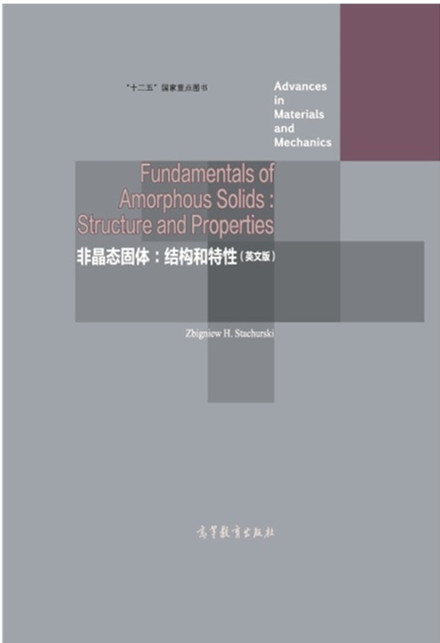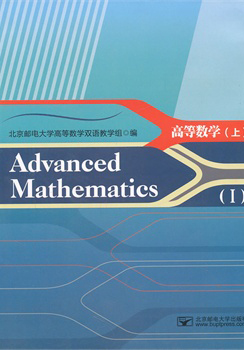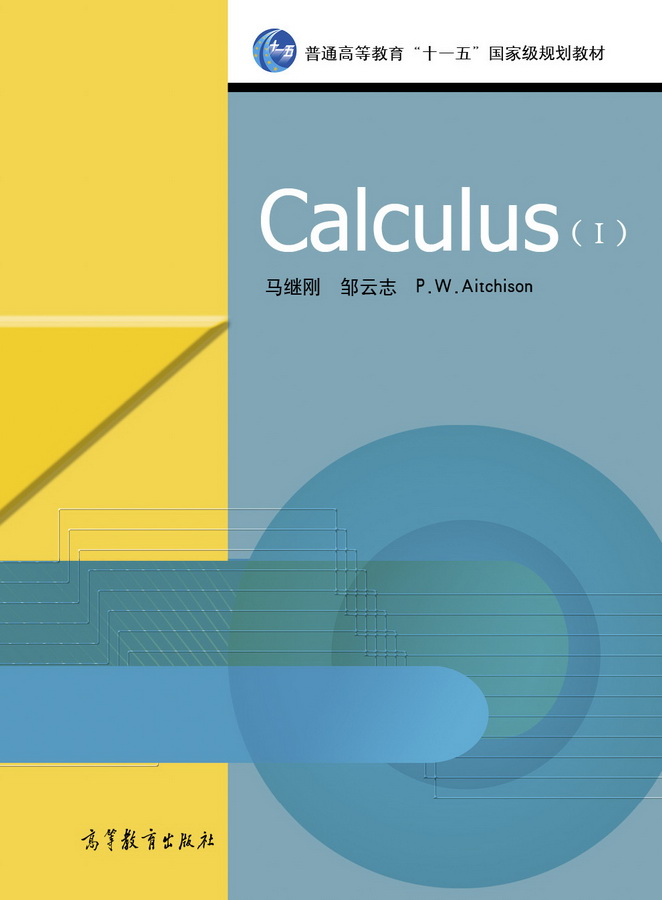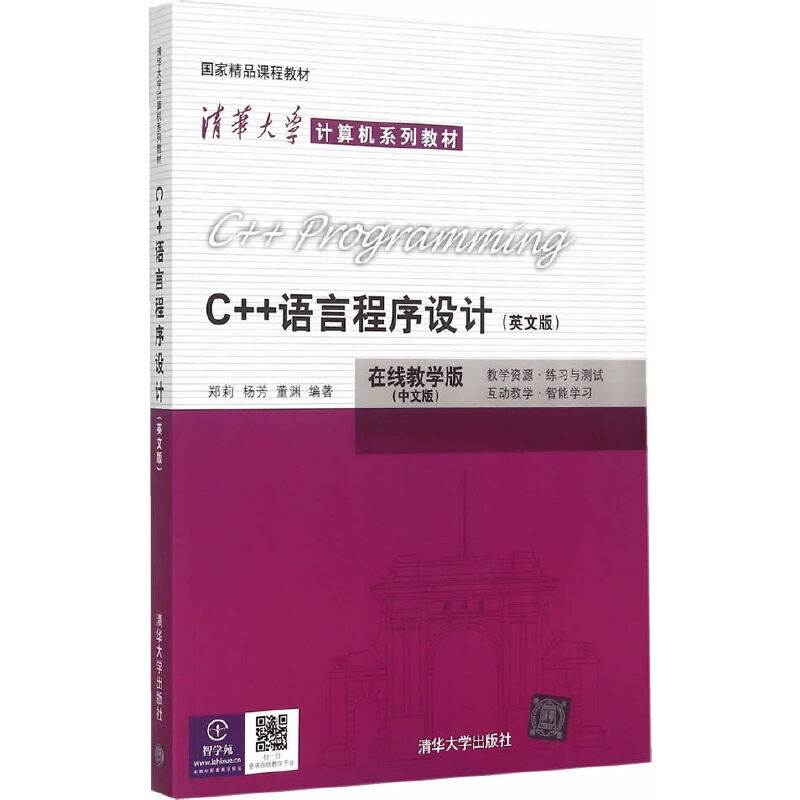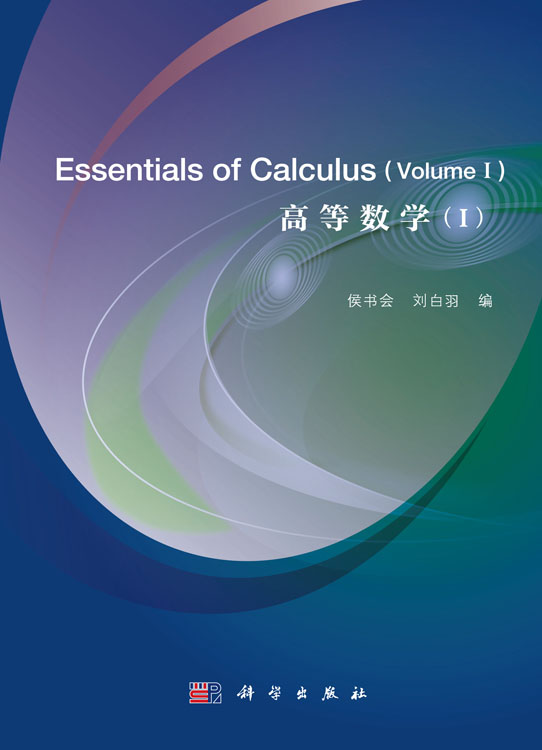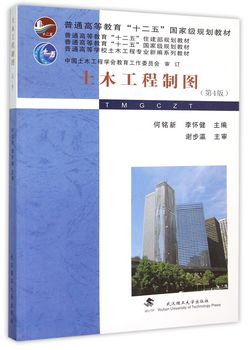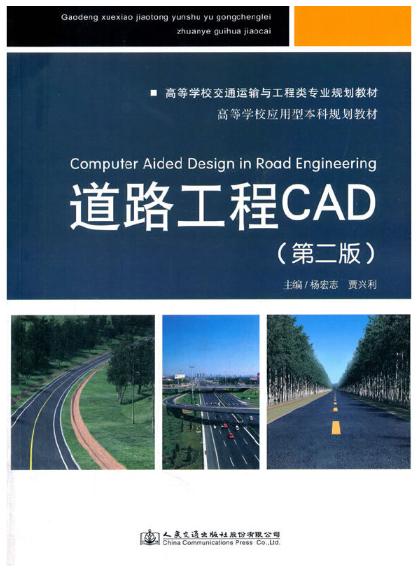非晶态固体:结构和特性(英文版)
作者: [澳]Zbigniew H.Stachurski
出版时间:2015-05
出版社:高等教育出版社
- 高等教育出版社
- 9787040426298
- 1版
- 130407
- 48266601-3
- 精装
- B5
- 2015-05
- 360
- 287
- 工学
- 材料类
- O481
- 材料类
- 研究生及以上
本书是根据多年教学实践,参照“工科类本科数学基础课程教学基本要求”和《全国硕士研究生入学统一考试数学考试大纲》,按照新形势下教材改革的精神编写而成。 与同类教材不同,本书将数学软件Mathematica 融入到教学实践环节中,对传统的高等数学教学内容和体系进行适当整合,力求严谨清晰,富于启发性和可读性。
全书分上、 下两册。 上册内容为函数与极限,导数与微分,微分中值定理与导数的应用,一元函数积分学及其应用和无穷级数。下册内容为向量代数与空间解析几何,多元函数微分学及其应用,重积分,曲线积分与曲面积分及常微分方程。书中还配备了丰富的例题和习题,分为A(为一般基本要求)、 B(有一定难度和深度)两类,便于分层次教学。
本书可作为高等学校理、工科各类专业高等数学课程的教材。
Preface
1 Spheres, Clusters and Packing of Spheres
1.1 Introduction
1.2 Geometry of Spheres
1.2.1 A Sphere and Its Neighbours
1.2.2 Neighbours by Touching
1.2.3 Hard and Soft Spheres
1.3 Geometry of Clusters
1.3.1 Regular Clusters
1.3.2 Irregular Clusters
1.3.3 Coordination of (1+k) Clusters
1.3.3.1 Blocking Model for Cluster Formation
1.3.3.2 Furth Model for Cluster Formation
1.3.4 Configuration of (1+k) Clusters
1.3.4.1 Regular Clusters
1.3.4.2 Irregular Clusters
1.3.4.3 Closing Vector Based on Radial Vector Polygon
1.3.4.4 Physical Meaning of the Closing Vector,
1.3.4.5 Spherical Harmonics
1.4 Geometry of Sphere Packings
1.4.1 Fixed and Loose Packings
1.4.2 Ordered Packing
1.4.3 Disordered Packing
1.4.4 Random Packing
1.4.5 Random Sequential Addition of Hard Spheres
1.4.6 Random Closed Packing of Spheres
1.4.7 Neighbours by Voronoi Tessellation
1.4.8 Neighbours by Coordination Shell
1.4.8.1 Pair Distribution Function
1.4.8.2 The Probability of Contacts
1.4.8.3 Contact Configuration Function
1.4.9 Short and Medium Range Order
References
2 Characteristics of Sphere Packings
2.1 Geometrical Properties
2.1.1 The Coordination Distribution Function, ~P(k)
2.1.2 Tetrahedricity
2.1.3 Voronoi Polyhedra Notation
2.1.4 Topology of Clusters
2.1.4.1 Ordered Clusters
2.1.4.2 Irregular Clusters
2.1.5 The Configuration Distribution Function, Φk(ζ)
2.1.6 The Volume Fraction
2.1.6.1 Regular Polyhedra
2.1.6.2 Irregular Polyhedra
2.1.7 The Packing Fraction
2.1.7.1 The Average Packing Fraction for the Round Cell
2.1.7.2 The Local Packing Fraction
2.1.7.3 The Limits of Packing Fraction
2.1.8 Representative Volume Element
2.1.9 Density of Single Phase
2.1.9.1 Density of Crystalline Solid
2.1.9.2 Density of Amorphous Solid
2.1.10 Density of a Composite
2.1.11 Solidity of Packing
2.2 X-ray Scattering
2.2.1 Introduction
2.2.2 Geometry of Diffraction and Scattering
2.2.3 Intensity of a Scattered Wave
2.2.3.1 Amorphous Solid
2.2.3.2 Ehrenfest Formula
2.2.3.3 Polyatomic Solid
2.2.4 Factors Affecting Integrated Scattered Intensity
2.2.4.1 Integrated Intensity of Powder Pattern Lines from Crystalline Body
2.2.4.2 Integrated Scattered Intensity from Monoatomic Body
2.3 Glass Transition Measured by Calorimetry
References
3 Glassy Materials and Ideal Amorphous Solids
3.1 Introduction
3.1.1 Solidification
3.1.1.1 Solidification by Means of Crystallization
3.1.1.2 Solidification through Vitrification
3.1.2 Cognate Groups of Amorphous Materials (Glasses)
3.1.2.1 Metallic Glasses
3.1.2.2 Inorganic Glasses
3.1.2.3 Organic Glasses
3.1.2.4 Amorphous Thin Films
3.2 Summary of Models of Amorphous Solids
3.2.1 Lattice with Atomic Disorder
3.2.2 Disordered Clusters on Lattice
3.2.3 Geometric Models for Amorphous Networks
3.2.4 Packing of Regular but Incongruent Clusters
3.2.5 Irregular Clusters - Random Packing
3.2.6 Molecular Dynamics
3.2.7 Monte Carlo Method
3.3 IAS Model of a-Argon
3.3.1 IAS Parameters
3.3.2 Round Cell Simulation and Analysis
3.3.2.1 Coordination Distribution Function
3.3.2.2 Voronoi Volume and Configuration Distribution Functions
3.3.2.3 Radial Distribution Function
3.3.2.4 X-ray Scattering from the IAS Model
3.3.2.5 Crystalline and Amorphous Cluster
3.3.3 Summary of a-Ar IAS Structure
3.4 IAS Model of a-NiNb Alloy
3.4.1 Introduction
3.4.2 IAS Model of a-NiNb Alloy
3.4.2.1 Coordination Distribution Functions
3.4.2.2 Voronoi Volume Distribution
3.4.2.3 Pair Distribution Function
3.4.2.4 Probability of Contacts
3.4.3 X-ray Scattering from a-NiNb Alloy
3.4.3.1 Experimental Results
3.4.3.2 Theoretical Results
3.4.4 Density of a-Ni62-Nb38 Alloy
3.4.4.1 Crystalline Alloy
3.4.4.2 Amorphous Alloy
3.4.5 Summary of a-NiNb IAS Structure
3.5 IAS Model of a-MgCuGd Alloy
3.5.1 Physical Properties of the Elements
3.5.2 IAS Simulation of a-MgCuGd Alloy
3.5.2.1 Coordination Distribution Functions
3.5.2.2 Configuration Distribution Function
3.5.2.3 Radial Distribution Function
3.5.2.4 Probability of Contacts
3.5.2.5 Cluster Composition According to IAS
3.5.2.6 Cluster Composition According to MD
3.5.3 X-ray Scattering from a-Mg65-Cu25-Gd10 Alloy
3.5.3.1 Fiat Plate X-ray Scattering Pattern
3.5.3.2 Calibration based on Si Powder Pattern
3.5.3.3 Uncertainties and Corrections
3.5.4 Density of Mg65-Cu25-Gd10 Alloy
3.5.4.1 Crystalline Alloy
3.5.4.2 Amorphous Alloy
3.5.5 Summary of a-MgCuGd 1AS Structure
3.6 IAS Model of a-ZrTiCuNiBe Alloy
3.6.1 Transmission Electron Microscopy
3.6.2 IAS Simulation of Amorphous a-ZrTiCuNiBe Alloy
3.6.2.1 Coordination Distribution Function
3.6.2.2 Voronoi Volume Distribution
3.6.2.3 Radial Distribution Function
3.6.3 Atomic Probe of the a-ZrTiCuNiBe Alloy
3.6.3.1 Probability of Contacts
3.6.4 Selected Clusters from the a-ZrTiCuNiBe Alloy
3.6.5 X-ray Scattering from the a-ZrTiCuNiBe Alloy
3.6.6 Density of ZrTiCuNiBe Alloy
3.6.6.1 Crystalline Alloy
3.6.6.2 Amorphous Alloy
3.6.6.3 Vitreloy Alloys
3.6.7 Summary of a-ZrTiCuNiBe IAS Structure
3.7 IAS Model of a-Polyethylene (a-PE)
3.7.1 Radial Distribution Function
3.7.2 X-ray Scattering
3.7.2.1 Short-Range Order
3.7.3 Summary of a-PE IAS Structure
3.8 IAS Model of a-Silica (a-SiO2)
3.8.1 Molecular Parameters for SiO2
3.8.2 IAS and United Atom Models for SiO2
3.8.3 Summary of a-SiO2 IAS Structure
3.9 Chalcogenide Glasses
3.9.1 As12-Ge33-Se55 Chalcogenide Glass
3.9.2 Measured Coordination Distribution
3.9.3 Measured X-ray Scattering
3.9.4 Glass-Transition Temperature of AsGeSe Glasses
3.9.5 Models of Atomic Arrangements in AsGeSe Glass
3.9.5.1 IAS Model of AsGeSe Glass
3.9.5.2 Other Models of AsGeSe Glass
3.9.6 Summary of a-AsGeSe IAS Structure
3.10 Concluding Remarks
3.10.1 Chapter 3
3.10.2 Chapter 2
References
4 Mechanical Behaviour
4.1 Introduction
4.2 Elasticity
4.2.1 Phenomenology
4.2.2 Continuum Mechanics
4.2.2.1 Calculation of Average Elastic Constants - Aggregate Theory
4.2.2.2 Green's Elastic Strain Energy
4.2.3 Atomistic Elasticity
4.2.3.1 Calculation of an Elastic Constant for Single Crystal of Argon
4.3 Elastic Properties of Amorphous Solids
4.3.1 Elastic Modulus of Amorphous Argon
4.4 Fracture
4.4.1 Phenomenology
4.4.2 Continuum Mechanics
4.4.2.1 Definition of Fracture Mechanics: Fracture Toughness
4.4.2.2 Elastic Strain Energy Release
4.4.2.3 Solid Surface Energy
4.4.2.4 Griffith's Fracture Stress
4.4.2.5 The Role of Defects
4.4.3 Atomistic Fracture Mechanics of Solids
4.4.3.1 Theoretical Cleavage Strength
4.4.3.2 Theoretical Shear Strength
4.5 Plasticity
4.5.1 Phenomenology
4.5.2 Continumm Mechanics
4.5.2.1 Tresca Yield Criterion
4.5.2.2 Huber-von Mises Criterion
4.5.3 Atomistic Mechanics of Crystalline Solids
4.5.3.1 Strain Hardening
4.5.3.2 Grain Boundary Strengthening
4.5.3.3 Solid Solution Hardening
4.5.3.4 Precipitation Hardening
4.5.3.5 Mechanisms of Plastic Flow in Crystalline Materials
4.5.3.6 Displacement of Atoms Around Dislocations
4.5.3.7 Critical Shear Stress to Move Dislocation
4.6 Plasticity in Plasticity: Amorphous Solids
4.6.1 Plastic Deformation by Shear Band Propagation
4.7 Superplasticity
4.7.1 Phenomenology
4.7.2 Continuum Mechanics
4.7.3 Superplasticity in Bulk Metallic Glasses
4.7.3.1 Calculation of Strain Rate for Superplasticity
4.7.4 Concordant Deformation Mechanism
4.7.4.1 Density Variation in Amorphous Solids
4.7.4.2 The 'Inclusion' Problem
4.7.4.3 The System without Transformation
4.7.4.4 The System with Transformation
4.7.4.5 Conclusions
4.8 Viscoelasticity
4.8.1 Phenomenology
4.8.2 Time-and Temperature-Dependent Behaviour
4.8.2.1 Definitions of Viscosity
4.8.2.2 Order of Magnitude Calculations
4.8.3 Temperature Effect on Viscoelastic Behaviour
4.8.3.1 Arrhenius Behaviour
4.8.3.2 Vogel-Fulcher-Tammann Behaviour
References
Index
Color Plots

